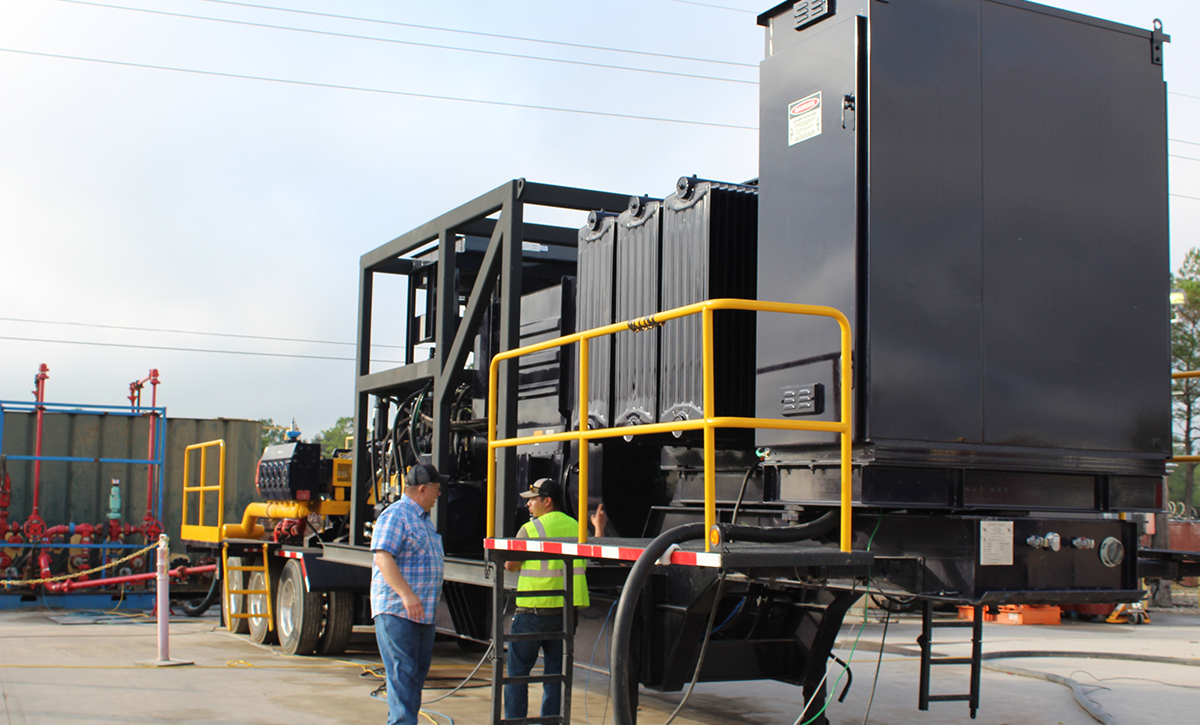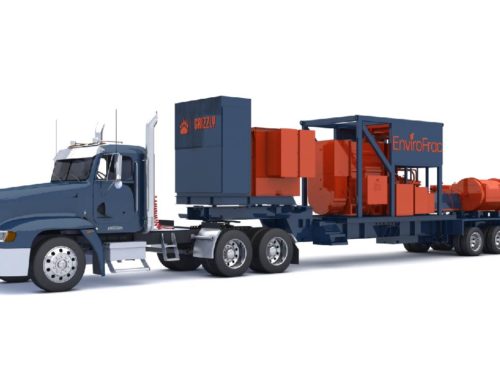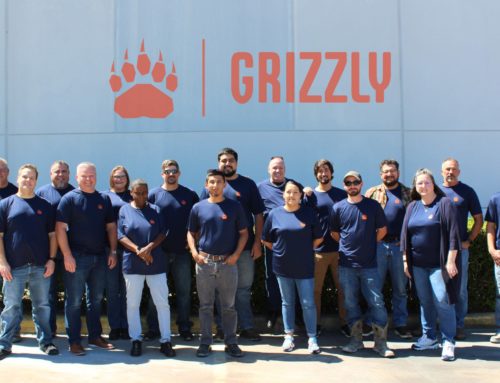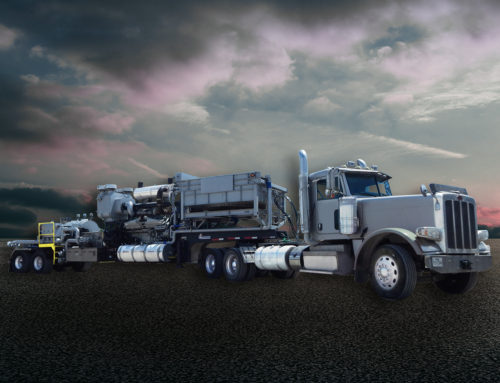As with any technology or solution – regardless of the benefits touted, it’s important to consider in some detail the relevance and suitability of that solution to the specific application at hand. Electrification of frac pumping equipment is no different but with important caveats regarding certain drivers of adoption. In this initial installment of our blog series on electrification we will cover several examples of the variety of considerations and variables that should drive a decision-making process when you are exploring the merits of electrified solutions relative to your environment and specific application.
And, in keeping with our commitment to transparency and to supplying our valued customers with solutions that work for THEM, we will provide as complete and accurate a picture as possible. In the final analysis, Grizzly wants you to understand when and where electrification makes sense for YOU.
What’s Driving the Trend toward Electrification?
We’ve entered a new era of business in which the historic objective market drivers such as cost, return, and risk have been joined at the decision table by new and sometimes more subjective drivers associated with Environmental, Social, and Governance (ESG) criteria. In the case of electrification, the predominant drivers are currently environmental in nature. These environmental concerns and public sentiment apply pressure on brands to adapt their operations accordingly.
While ESG forces tend to be perceived as less “concrete” than those from economic and market sources, they are nevertheless critical considerations. Brands today compete on many different levels for investors, customers and talent – with each “audience” having their own views on environmental issues. While these views vary widely and the environmental issues at their center are often hotly contested, brands have to respond to avoid alienating significant segments of each population.
Some segments of the oil and gas industry feel the pressure more than others with large publicly traded companies bearing the brunt of it. However, the SMB market is not immune to the effects of these pressures on their brands.
Environmental Impact
When electrified solutions are powered by sources other than turbines burning natural gas captured at the wellhead, the true environmental benefit is somewhat inconsequential. The reason for this is that electricity consumed must be generated through other means. As a result, electrification shifts the impact elsewhere or introduces overall inefficiencies in the production supply chain which offset environmental benefits at the wellhead for the most part.
That said, the objective at the operator level is to lower impacts at the point of operation. From this frame of reference, electrification can achieve the environmental aims of reduced emissions, pad sizes, noise pollution and impacts from the presence of larger crews created by traditionally fueled solutions.
Form Factor and Related Implications
The size, weight, and configuration of equipment used has a number of implications which must be taken into account when considering one alternative over another. Electrified solutions have allowed manufacturers to reduce the overall package and trailer size by eliminating various diesel power components (in addition to the engine itself) required for fueling, cooling, lubricating and transferring power.
In some cases, however, manufacturers have sought to take advantage of this package size reduction to increase the pumping capacity per trailer by doubling up standard capacity pumps on a single trailer or by using larger, more powerful pumps. Each approach to doing so presents its own unique challenges.
In the case of double pump configurations, any trailer weight and size savings is eroded or eliminated. Additionally, in the event of pump failure the entire trailer must be taken offline for repair resulting in the loss of twice as much capacity. And using higher capacity pumps means relying on pump technologies that are not widely accepted and tend to have a lower mean-time to failure than the tried and true standard capacity pumps commonly used.
Ultimately, attempting to increase per trailer pumping capacity with electrified packages presents significant issues:
- Larger, heavier, and less maneuverable trailers – sometimes presenting real challenges depending on location and pad size/configuration
- Twice the capacity downtime on a single pump failure
- Decreased pump reliability (in the case or higher capacity single pump solutions)
When all of this is taken into account, single pump electrified packages offer the more easily transported, higher reliability path to obtaining ESG benefits of electrification.
Pad Size
While pad size reduction can theoretically be achieved with electrification, attention must be paid to the configurations used to achieve it. Issues related to maneuvering space for larger twin pump trailers, additional upstream electrical components required and the generation equipment itself can greatly impact the ability to do so.
For instance, longer twin pump trailers require more space to maneuver a well pad, inhibiting the ability to reduce pad size. They do, however, reduce the aggregate number of pump trailers by 50% – taking into account these single trailers are somewhat larger/longer than single pump trailers as previously mentioned.
Changing the fuel source of a trailer from diesel to electric means you eliminate a diesel tanker truck from the site, but now you introduce all of the equipment that is required to get electricity to the trailers. Depending on how many of the upstream electrical components are installed on the trailers it can increase the number of trailers required for the frac site for switchgear, externally mounted transformers, power generation equipment, etc.
If power generation is on site, then a gas or diesel fuel source is necessary. The power generation then burns the gas or diesel to create electricity, which is connected to high voltage switchgear and depending on the voltage there may be need for an external transformer. The power generation for a fleet can easily sum to 25-35eMW, which could be accomplished with a single gas turbine the size of two big rig trailers, or 20+ 1.5eMW 30 foot long trailers lined up in the instance of diesel. This can create the need for a larger pad when environmental pressures are pushing for smaller and smaller pad sizes.
In addition to ESG benefits, the electric pump trailers do offer the advantage of not requiring an operator or even a tractor on the pump trailer. This allows frac crew sizes in the 20s rather than the 80s. Ultimately, smaller crews mean fewer vehicles and less traffic and consequently lower environmental impact at the well-site.
Transportation
In the case of dual pump trailers, the length, width and weight of the trailer is increased significantly. This requires expensive permits for hauling, up to and including daytime only transport and a weekend and holiday prohibition. There are also concerns with transporting through hilly or mountainous areas and with respect to bridge capacity limitations. These factors must all be considered in the equation when contemplating electrification relative to a particular region or specific locale.
Safety
Electricity driving frac equipment requires a completely new group of people and skill-sets on a frac site that were not previously required. Frac hands are typically mechanics, not electricians. Many of them clearly understand that electricity is dangerous, but most don’t understand the danger indicators. The industry standard for power generation is 13.8kVA, which will kill instantly if an arc flashes to a human. That said, the more the industry puts standards and policies in place relative to electrified frac, the better.
Conclusion
Since the set of adoption drivers and variables to consider when contemplating electrification are broad and somewhat complex, it is impossible to paint a complete picture or provide the full extent of considerations or the detail within each in this blog. That said, the Grizzly team is at your disposal to discuss your specific needs, environment, etc. and help walk you through the process of deciding where electrification may or may not make sense for you – and then help you configure and implement that ideal solution, if you choose to do so.
Please don’t hesitate to reach out to us. We love this stuff – and we’re here to help!






